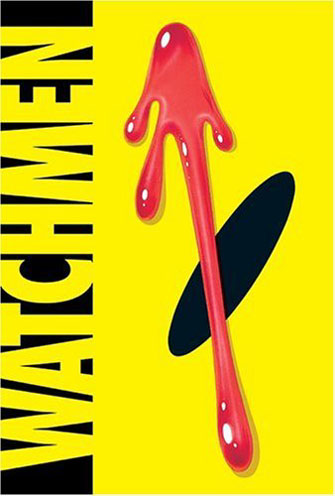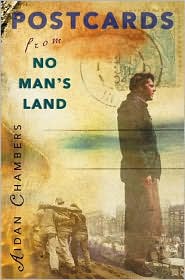 Anderson, Laurie Halse. Speak. Douglas and McIntyre Ltd: Canada, 1999.
Anderson, Laurie Halse. Speak. Douglas and McIntyre Ltd: Canada, 1999.Annotation: Melinda Sordino: hated by everyone in school, utterly alone, has a dark and horrific secret.
Justification for Nomination: I have never read a book with so much intrigue in my life. I had originally checked this book out because I thought it was one of the nominated books from class. My mistake, I realized too late that it wasn't but was delighted to read it anyway.
"Speak," is the quintessential story of a depressed teen, plunked in the middle of social drama and mean teens. Who hasn't felt like an outcast or uncomfortable in certain high school situations? Laurie Halse Anderson fully deserved her Printz award for the colorful language and incredible characters. This book was fully of so much beauty, art, and sadness. I haven't been this intrigued since I read my own nominated book "Postcards From No Man's Land."
"Speak," is broken up into sections rather than chapters which I found incredibly easier to follow and tempting to continue on in the story. I didn't once feel like I was pushing myself to get through it. The book was wonderfully broken into sections and wasn't annoyingly narrated. I felt a lot of sympathy for Melinda and the gritty material presented made it authentic.
In each scene, the protagonist was always placed in a dramatic situation and kept her eyes to the floor. You could tell there was a reason for her being so "off," therefore it kept you gunning through the book until you hit the end. As a reader you were cheering for this girl to act out or blow up in the end because she suppresses all her emotions yet is so void. It isn't until the powerful climax that you learn why she is so unpopular and traumatized.
This story covers so many contemporary issues that young woman may be feeling. The character locks you into her raw emotions and rocks you from the core. I found "Speak" to be a very inspiring and uplifting story, even though it was depressing at times. I would highly recommend it to many people because it shows the importance of speaking up and having a voice. The author uses manipulation and guilt as conflict and cleverly interweaves it to create a truly clever yet sad story.









